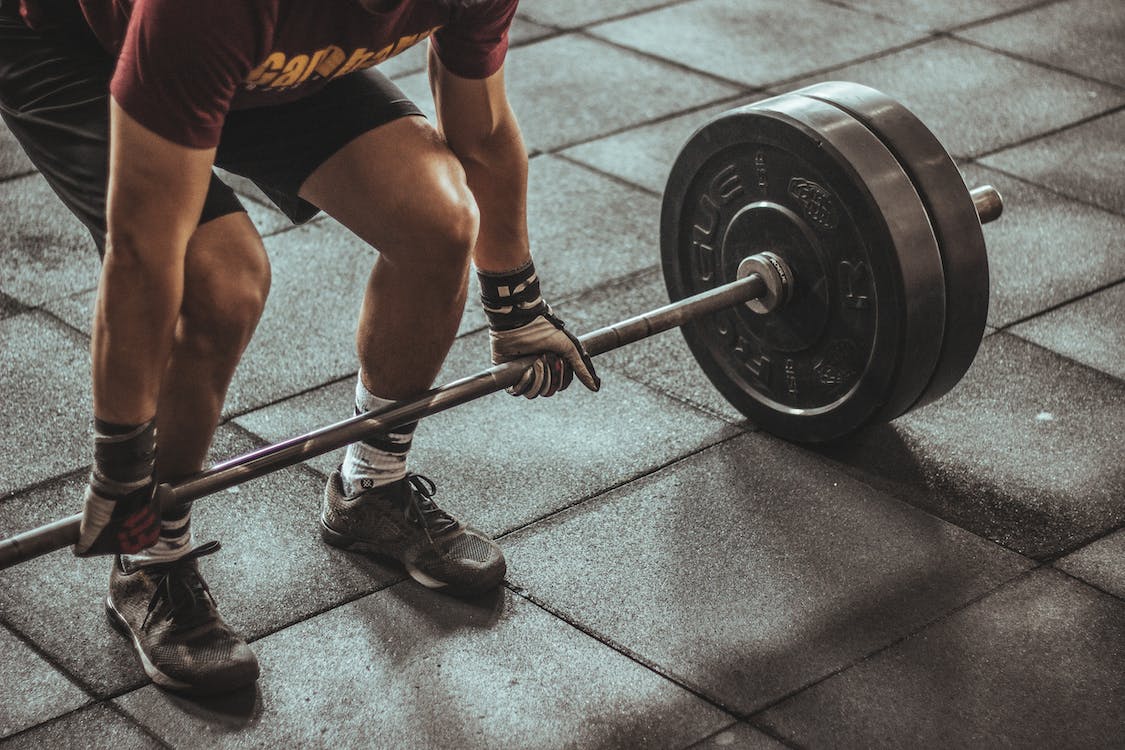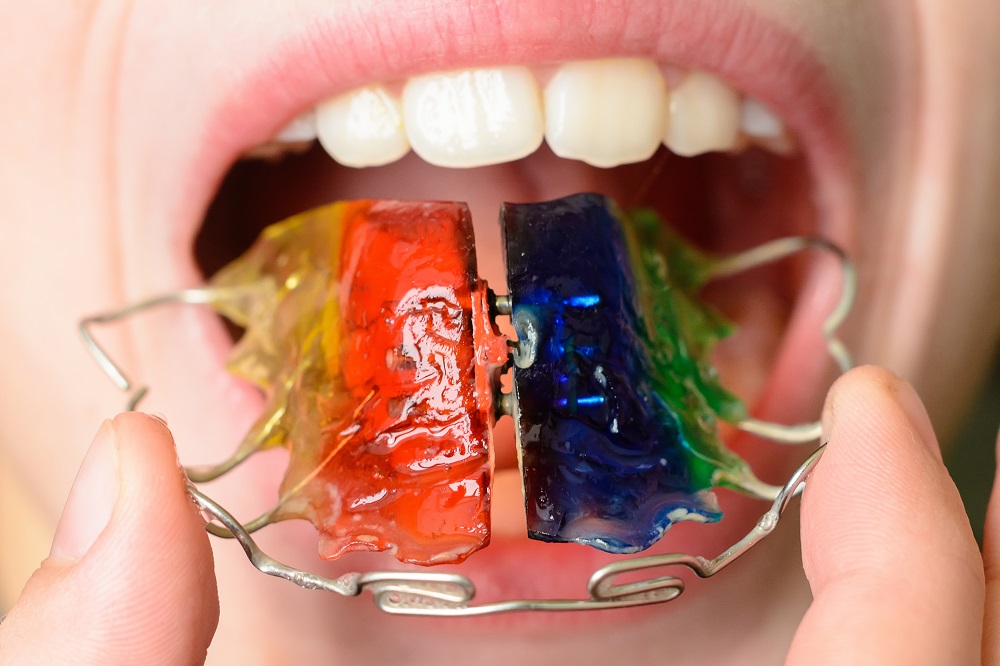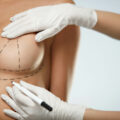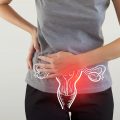Athletes of all ages, shapes, and sizes can get injured. Professional athletes, young adults, and striving youth athletes are frequently injured due to the tremendous stress and expectations imposed on the body while practicing, training, or learning a new technique. Athletes should recover from their injuries and condition their bodies to avoid re-injury after being injured.
In seven different ways, physical therapy can help you improve your overall sports performance. Physical therapy can help with that. By googling “sports pt near me”, you can find a center where you can restore your body. Below are the benefits of physical therapy for athletes.
1. Improved Range of Motion
In live athletics, joints are pushed to the limit of their strength. This is the point where wounded tissues might erupt and be ripped or harmed. When an athlete is forced to return to sports, an experienced physical therapist should push their patient to the brink of tissue overload in order to prepare the tissue for live athletics. Physical therapists must push an athlete’s joints to their limits to ensure there is no pain, resistance, laxity, or apprehension, which helps in the improvement of an athlete’s range of motion.
2. Neuromuscular Coordination
Sports medicine physical therapists are responsible for coordinating the various body parts to function together. The movement of the joints by the muscles, tendons, and nerves is the focus of neuromuscular coordination. By concentrating on certain areas of the body, the wounded athlete prepares to return to sports by increasing movement speed during exercises and gradually increasing weight.
3. Improved Technique
Many non-sports physical therapists overlook the importance of teaching athletes how to position or move their bodies in order to execute an activity or task. Small information about placement and technique, on the other hand, can assist an athlete in appropriately aligning their body to load proper tissue (bone, tendons, muscles), unload incorrectly used tissues, conserve energy, and improve movement efficiency and performance.
4. Muscle Alignment
Athletes frequently go in all directions in order to master their sport and compete at a high level. This may result in recurrent training. When this occurs, highlighted muscles may become overworked in comparison to their counterpart, resulting in the dominant muscle group. Athletes must train muscle groups in addition to sport-specific training to balance the strain on joints and tendons and establish synergy in the body to avoid injury and return to active athletics.
5. Torque at Joints
Return to practically any sport requires rotational load at high velocity. One of the primary goals of sports physical therapy for athletes is to generate and manage rotational force over joints and body parts. Manual treatment and functional exercise progression, beginning with single-plane movements and continuing to multi-plane and multi-joint motions, are included.
When Should You Seek A Sports Physical Therapist?
When professional and emerging athletes experience the following symptoms, they should seek guidance and treatment from an elite sports physical therapy specialist:
- Inability to participate in sports. Athletes frequently put off seeking the advice of a sports physical therapist for far too long. The person continues to train while wounded until they understand the discomfort is not going away on its own. They then take around 2-3 weeks off from their sport to try to return to their pre-injury level. However, if they do nothing during the rest period, the discomfort will return;
- Early sports injury care. When you first notice symptoms that linger for more than a couple of days or when the symptoms interfere with your ability to train or participate at your preferred level, the best option is to consult with a sports physical therapist. Mild and transient pain or tightness feelings are considerably easier to resolve than chronic illnesses;
- Preventing sports injuries. Preventing new injuries as well as the recurrence of old ones is what prevention entails. Knowing the proper mechanics or movements, as well as being able to load or unload the opposing tissue, is critical in keeping top and casual players engaged in their sport. Advanced physical therapy is crucial in ensuring that athletes train effectively in order to enhance performance while minimizing damage.
The bottom line
Physical therapy can help you recover from your injury, improve your range of motion, improve your technique, and regain the power, strength, and speed you need to compete again.






































No Comments